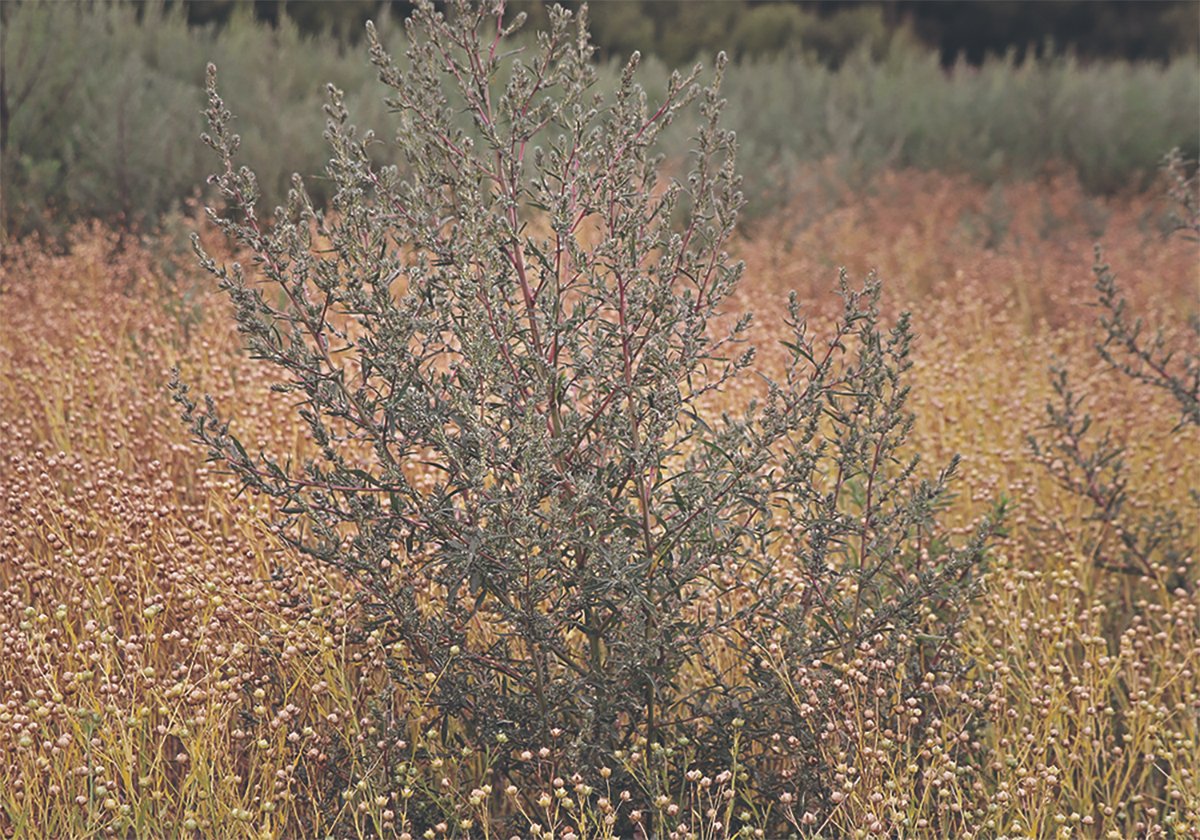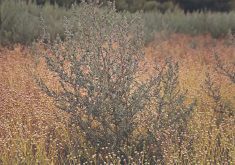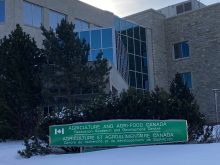The shift in farming from a family endeavour to a corporate business is causing changes in who works on farms and how they are treated.
Prairie farms often rely on family for labour, but increasingly large operations must also hire knowledgeable full-time employees. As well, some farms require seasonal labourers.
Ensuring the safety and security of all people who work on farms should be a priority.
As part of that, Canadian provinces have or are considering including the farming industry in workers’ compensation programs.
Read Also

Kochia has become a significant problem for Prairie farmers
As you travel through southern Saskatchewan and Alberta, particularly in areas challenged by dry growing conditions, the magnitude of the kochia problem is easy to see.
A committee reviewing Saskatchewan’s Workers’ Compensation Act recommended in December that the act apply to all employees and that the exclusion for farms ends.
In Manitoba, farming has been under the workers’ compensation law for a few years and Alberta’s Wild Rose Agricultural Producers annual meeting a year ago passed a resolution calling for the agricultural exclusion to end there.
Saskatchewan and Alberta farms can now participate in workers’ compensation on a voluntary basis, and as an alternative, some farmers buy private accident insurance. However, some have no insurance and that tarnishes the image of an industry that already struggles to compete for labour against mining, energy and manufacturing. People in agriculture should want their image to be equal to other industries, rather than being a special case.
As the Saskatchewan report notes, farming today is often conducted on a large scale much different from the traditional family farm.
“Workers are doing paid jobs in a sector where serious injuries and even fatalities are, unfortunately, not rare.”
Today’s highly mechanized farms can be dangerous places, particularly for inexperienced workers.
Workers’ compensation does not stop injuries, but it pays for medical treatment, recuperation, income replacement and death benefits. All those within the program share the cost.
Farms would receive several benefits by being part of the system:
- the risk of a business-crippling lawsuit is eliminated because injured employees give up the right to sue their employers
- the security it provides workers helps level the playing field between agriculture and other industries when it comes to recruiting labour.
Some farmers might be against the idea because it adds another level of cost and paperwork, but that is minor. They should not confuse it with occupational health and safety regulations that are more intrusive in how jobs are done.
The changing nature of farming is also behind another development, this one regarding the safety of child farm workers.
The U.S. Department of Labor has proposed updating for the first time since 1970 regulations improving safety requirements for young workers in agriculture. The move has no effect in Canada but is of interest.
The U.S. proposals would not apply to children working on farms owned by their parents. They would likely have the greatest effect on operations that hire seasonal workers, often immigrant or migrant families.
However, they could complicate situations where the neighbour’s children pitch in to help at haying or harvest.
One regulation would prohibit hired farm workers younger than 16 from operating almost all power-driven equipment, although there would be leeway for student learners.
Clearly there are moves to treat farming like other industries when it comes to worker safety. However, bureaucracies must recognize that while many farms are bigger, they are small businesses with highly variable revenue. Cost and regulatory burdens must be kept reasonable so as not to threaten business viability.
















